Mastering Market Timing: Utilizing Economic Calendars for Smart Trading
In the fast-paced world of financial markets, staying ahead means staying informed. One of the most powerful tools traders can use to anticipate market movements is the economic calendar. These calendars track critical data releases, central bank meetings, job reports, inflation updates, and more — all of which directly impact the prices of stocks, currencies, commodities, and bonds.
In this blog post, we’ll dive deep into how economic calendars work, why they matter, and how traders can use them strategically to boost their success in the markets.
SEO Keyphrase: “Utilizing economic calendars for trading”
📘 What is an Economic Calendar?
An economic calendar is a tool that lists upcoming economic events and data releases that can influence financial markets. It typically includes:
🏛️ Central bank meetings (like the U.S. Federal Reserve, RBI, ECB)
📈 GDP reports
📉 Inflation data (CPI, PPI)
👷 Employment reports (NFP in the U.S., unemployment rate)
📊 Retail sales, manufacturing, services data
💼 Corporate earnings (in stock trading)
Each event comes with a scheduled date and time, the previous result, the expected forecast, and the actual number when released.
🧠 Why Economic Calendars Are Crucial for Traders
Markets don’t move randomly — they respond to data, expectations, and surprise results. Economic calendars help traders prepare for these changes.
🔍 Predict Market Volatility
Some events cause significant price movements. For example:
A better-than-expected jobs report can strengthen a country’s currency.
A surprise rate hike by a central bank can lead to a sharp drop in stock indices.
A rise in inflation data can trigger bond yield spikes.
Traders using economic calendars know when to expect volatility, allowing them to manage risk better.
🎯 How to Use an Economic Calendar Effectively
Using an economic calendar isn’t just about knowing the event — it’s about knowing how to interpret and act on it. Here’s a step-by-step guide:
✅ 1. Choose a Reliable Calendar
Use sources like:
Investing.com
ForexFactory
Trading Economics
MarketWatch
Your broker’s platform
These calendars allow filters by country, importance, asset class, and event type.
✅ 2. Know What to Watch For
Some data has a bigger market impact than others. Focus on:
| Event Type | Impact Level | Affects |
|---|---|---|
| Central bank meetings | 🔥 High | Forex, stocks, bonds |
| NFP (US jobs report) | 🔥 High | USD pairs, indices |
| Inflation (CPI, PPI) | 🔥 High | Currencies, bonds |
| GDP growth reports | 🔥 High | Indices, forex |
| Manufacturing & retail | ⚠️ Moderate | Commodities, local currencies |
✅ 3. Understand the Forecast vs. Actual Impact
Every event comes with a forecasted value and then the actual result. Markets move based on how different the actual result is from expectations.
Example:
Forecast: 180,000 new jobs
Actual: 240,000 new jobs
➡️ Market may see a bullish reaction for that country’s currency or stock market.
If results meet expectations, markets may stay stable. If they surprise, they move sharply.
✅ 4. Prepare Your Trade Ahead of Events
There are two main approaches:
🛡️ Conservative: Wait for the news
Let the volatility pass
Enter once the market picks a direction
🚀 Aggressive: Trade the news
Open positions before the event based on expectations
Requires strong strategy and discipline
Can be risky, but also rewarding
🔧 Strategies for Economic Calendar Trading
📌 News Fade Strategy
Market spikes on news, then fades. You wait for overreaction and trade the reversal.
📌 Breakout Strategy
Price consolidates before the news. You place buy/sell stop orders just outside support/resistance to catch the breakout direction.
📌 Volatility Shielding
Before a major event, you tighten stop-loss, reduce trade size, or exit positions to avoid risk.
📊 Case Study: Using the Calendar for a Successful Trade
Let’s say it’s the first Friday of the month — time for the U.S. Non-Farm Payrolls (NFP) report.
Setup:
Forecast: 200k jobs added
Market sentiment: Neutral
You expect a stronger number due to recent economic indicators
Trade Plan:
Place a buy stop order on USD/INR above resistance.
If the jobs report is above 250k, dollar strengthens, and the trade activates.
You set a tight stop-loss and a 2:1 risk-reward target.
📈 Boom — USD/INR surges 50 pips in minutes. You close the trade in profit.
This is the power of planning with the economic calendar.
🔍 Common Mistakes to Avoid
❌ Trading blindly without understanding the event
❌ Ignoring forecast vs. actual impact
❌ Over-leveraging during high-impact events
❌ Not adjusting risk before volatile releases
🎓 Learn to Trade Smart at YourPaathshaala
At YourPaathshaala, we help you master more than charts. Learn how to:
Read and use economic calendars
Understand the importance of financial data
Time your entries and exits based on global events
Trade with logic, not emotions
Our courses are designed for both beginners and intermediate learners who want to level up their market intelligence.
📍 Visit YourPaathshaala
Near 🏥 Anjali Children Hospital, Tagore Nagar, Mathpurena, Raipur
📫 PIN code: 492001, Chhattisgarh
📞 Click the Call Now button below to connect with us!
For full article click here

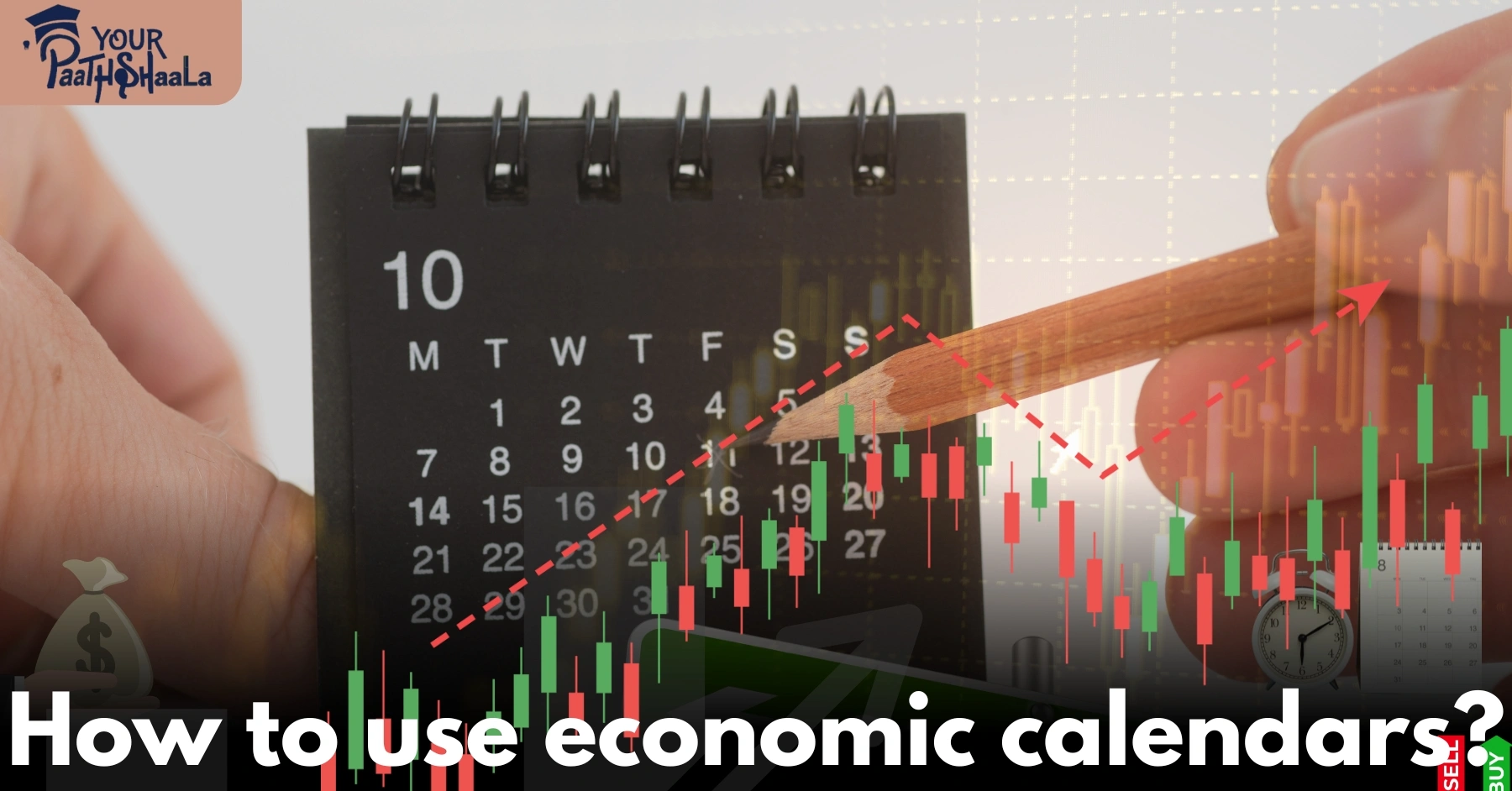





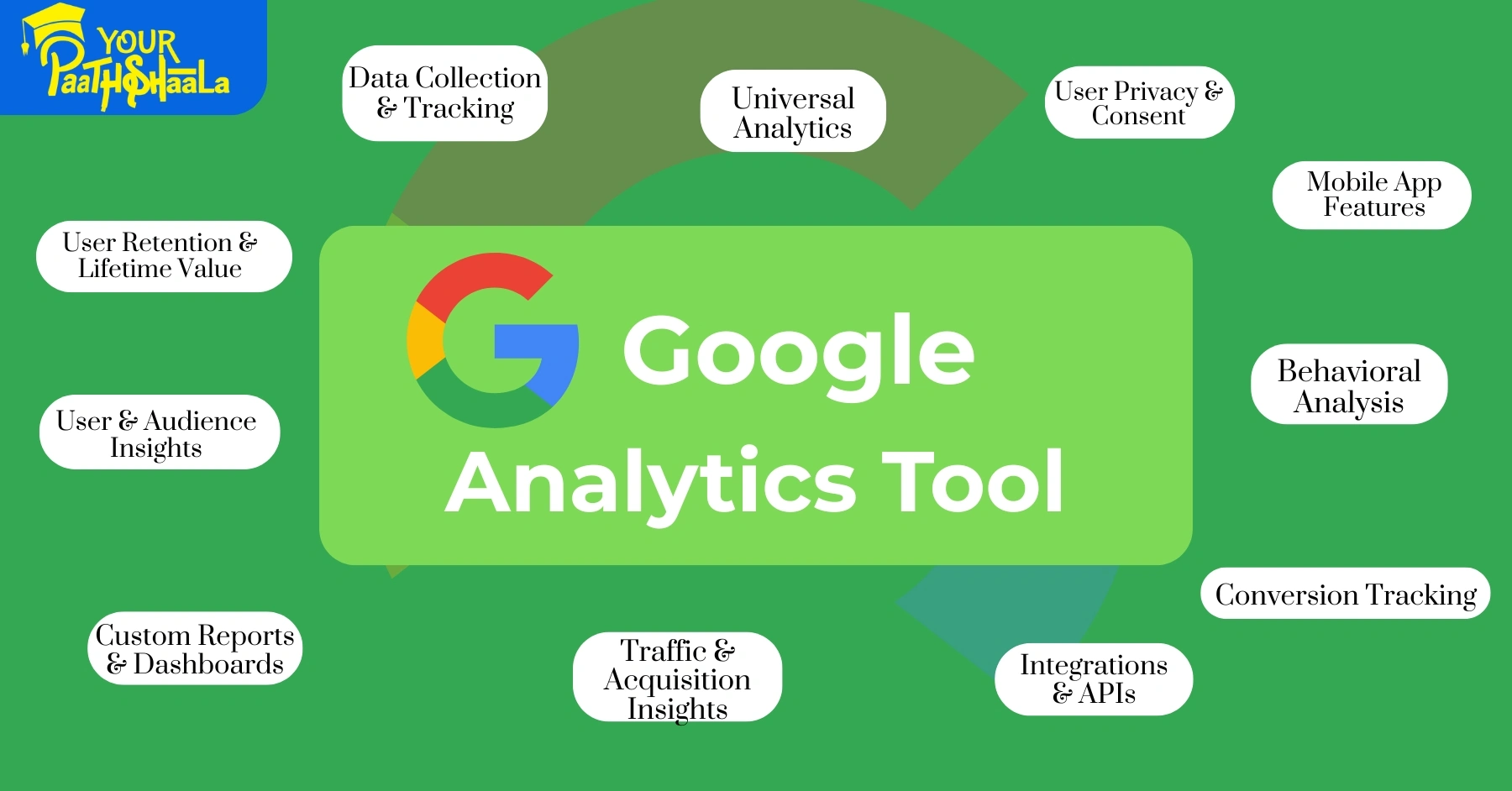

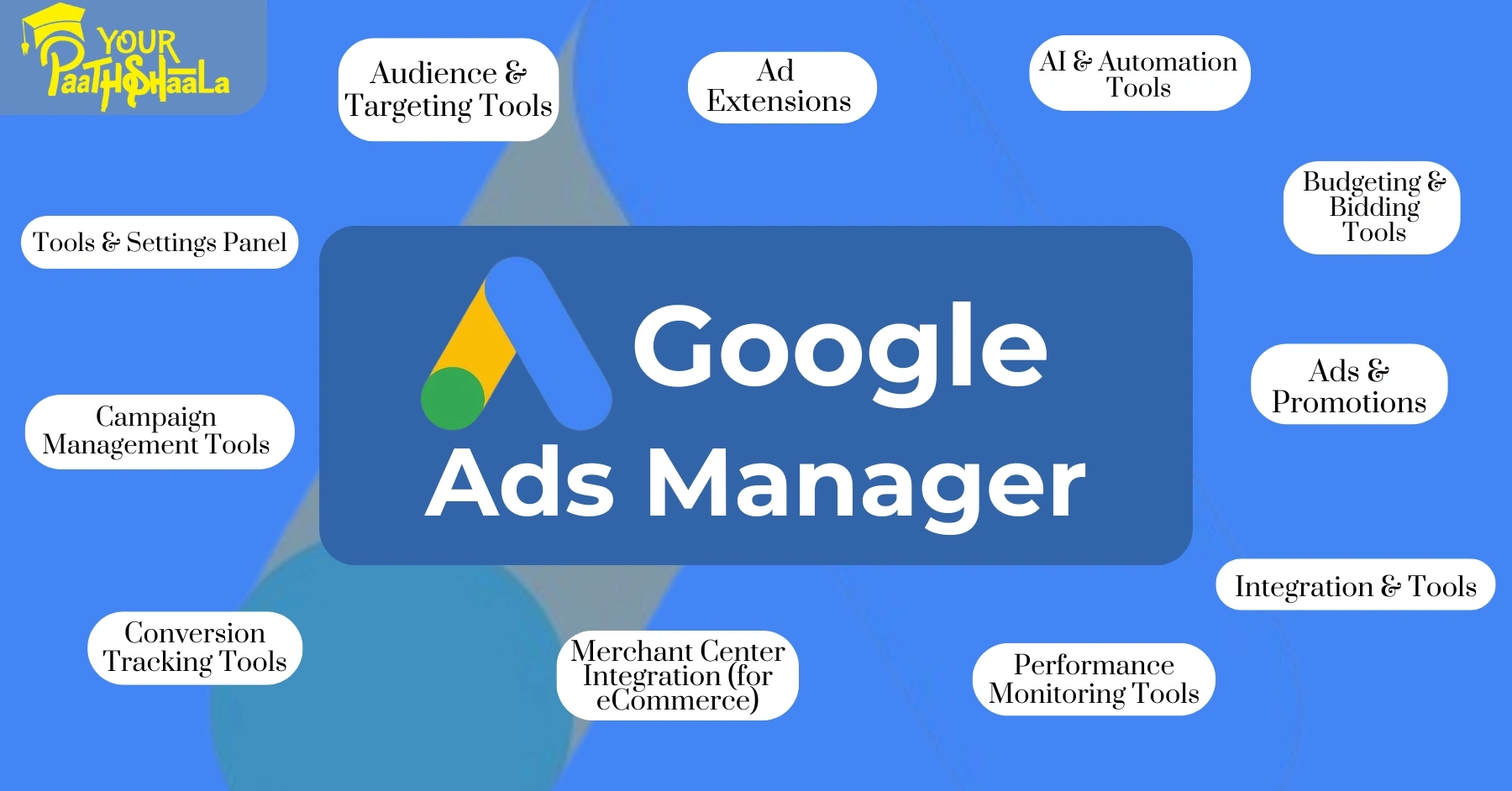
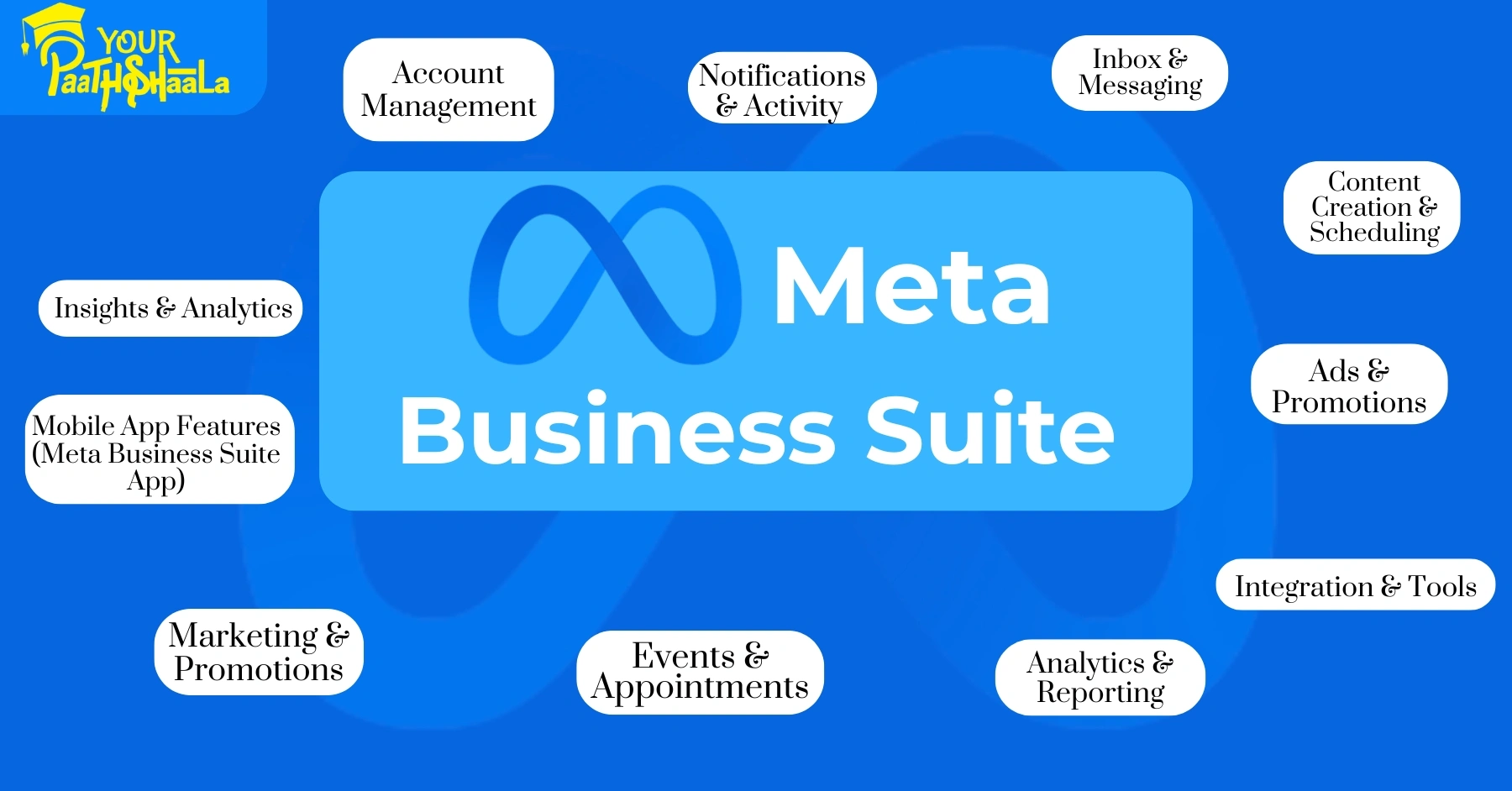


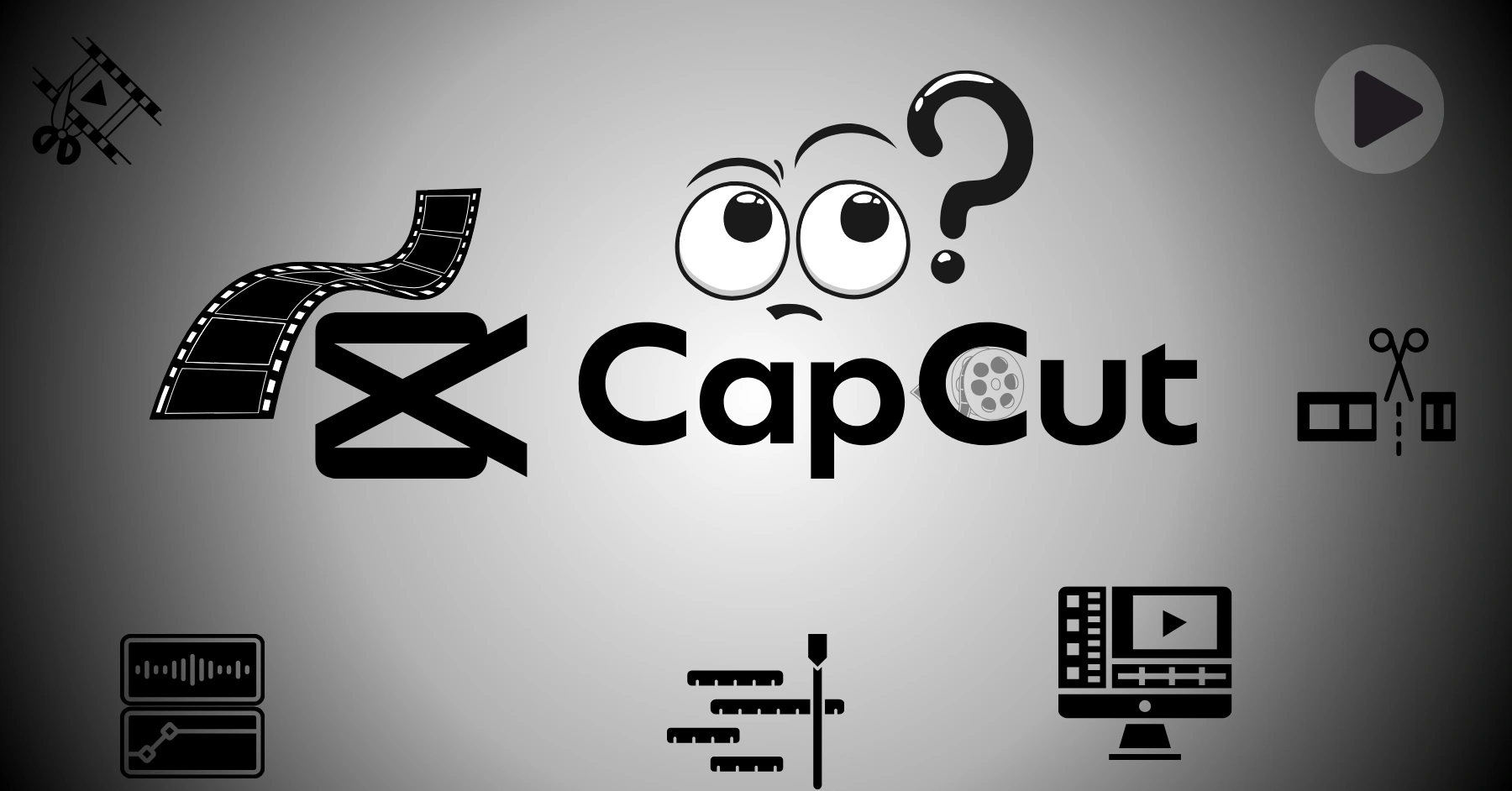
[…] How to use economic calendars […]